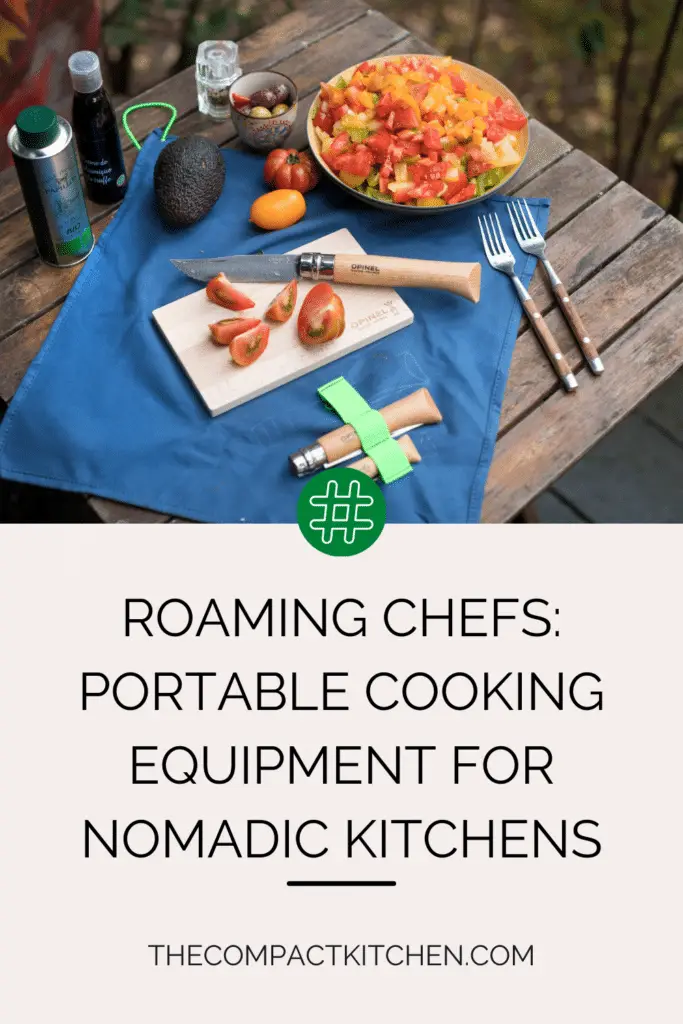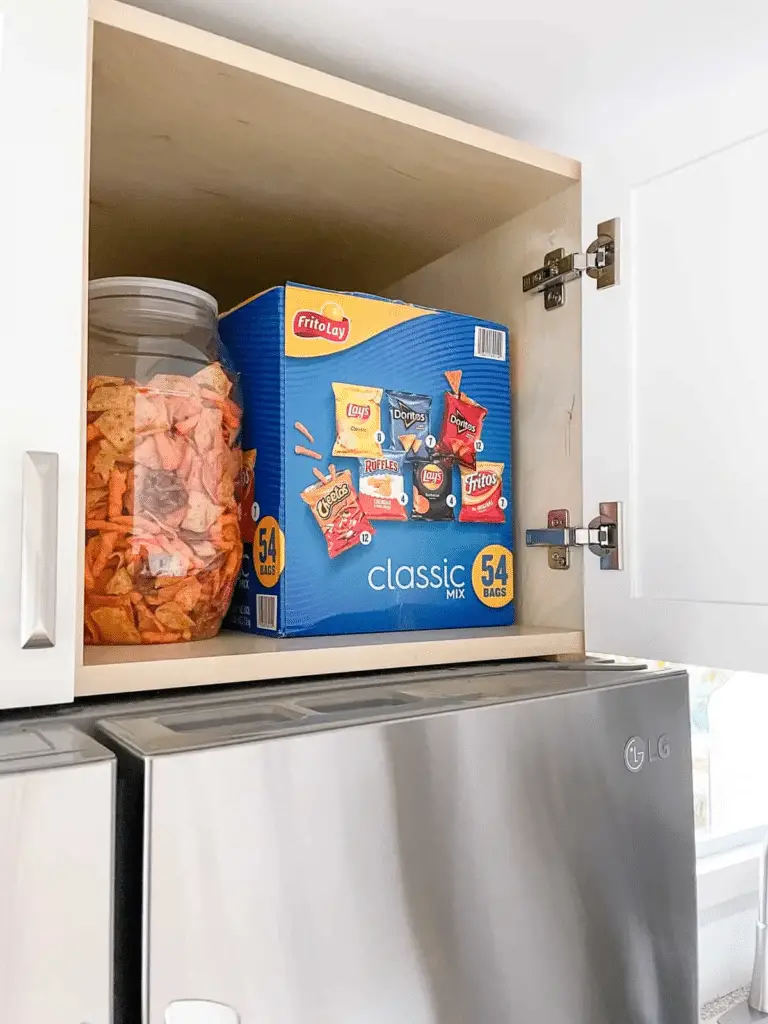Hey there, wanderers! Ever wondered how nomads cook on the go? In this post, we’re diving into the world of nomadic cooking and the essential equipment needed for those on the move. From the top-rated portable cooking gear to energy source considerations and maintenance tips, we’ve got you covered.
Get ready to explore the world of nomadic kitchens and learn how to cook up a storm wherever your travels take you. Let’s get cooking with Portable Cooking Equipment for Nomadic Kitchens!

Introduction to Nomadic Cooking and Equipment
Living a nomadic lifestyle can be exciting and adventurous, but it also comes with its own set of challenges. One of the biggest challenges nomads face is preparing meals on the go. This is where portable cooking equipment becomes essential. Whether you are camping in the wilderness, traveling in an RV, or living in a tiny house, having the right equipment can make all the difference.

Portability is key when it comes to choosing cooking gear for a nomadic lifestyle. Space is limited, so having equipment that is compact and easy to transport is a must. Additionally, nomads often have to cook in various environments, so versatility is also important. Portable cooking equipment allows you to whip up a meal wherever you are, whether it’s in a crowded campground or a remote mountain peak.
The Top Rated Portable Cooking Equipment for Nomadic Kitchens
When it comes to setting up a functional kitchen in a nomadic lifestyle, having the right portable cooking equipment can make all the difference. With so many options available in the market, it can be overwhelming to choose the best ones without proper guidance. In this section, we will explore some of the top-rated portable cooking equipment that are highly recommended by users.
Portable Stove

One of the essential pieces of equipment for any nomadic kitchen is a reliable portable stove. Look for a compact and lightweight stove that is easy to carry around but still powerful enough to cook your meals efficiently. Many portable stoves nowadays come with multiple burners, allowing you to cook multiple dishes at once. Some even have wind shields and adjustable heat settings for outdoor cooking.
Camping Cookware Set

Investing in a high-quality camping cookware set is also crucial for nomads. Look for cookware made from durable materials like aluminum or stainless steel that can withstand the rigors of travel. A good camping cookware set should include pots, pans, and utensils that are stackable and easy to store in a compact space. Many sets also come with non-stick coatings for easy cleaning.
Portable Grill

For those who enjoy outdoor grilling, a portable grill is a must-have for a nomadic kitchen. Look for a grill that is easy to assemble and disassemble, with features like temperature control and even heating. Many portable grills are also designed to be lightweight and compact for easy transportation, making them ideal for camping or road trips.
Portable Solar Oven

For eco-conscious nomads, a portable solar oven is a great alternative to traditional cooking methods. These ovens use the sun’s energy to cook food, eliminating the need for gas or electricity. Portable solar ovens are lightweight and easy to set up, making them perfect for outdoor cooking while reducing your carbon footprint. Plus, they can reach temperatures high enough to bake bread and cook meats.
Overall, when choosing portable cooking equipment for your nomadic kitchen, prioritize portability, efficiency, and durability. Look for equipment that is easy to transport, easy to clean, and can withstand the demands of a nomadic lifestyle. With the right gear, you can create delicious meals on the go without compromising on taste or convenience.
Energy Source Considerations for Portable Cooking Equipment
When it comes to choosing the right portable cooking equipment for your nomadic kitchen, one of the key factors to consider is the energy source. The type of energy you use can greatly affect the efficiency and convenience of your cooking experience. Let’s take a look at the various energy sources available for portable cooking equipment and discuss their advantages and disadvantages.
1. Gas
Gas-powered portable cooking equipment is a popular choice among nomads for its convenience and efficiency. With portable gas stoves and grills, you can easily cook your meals on the go without the need for electricity. Gas is also a reliable source of energy that can quickly heat up your cookware, making it ideal for fast cooking.

However, one of the downsides of using gas as an energy source is its environmental impact. Gas can release harmful emissions into the atmosphere, contributing to air pollution and climate change. It’s essential to use gas-powered equipment responsibly and consider alternative energy sources if possible.
2. Electricity

Electric portable cooking equipment is another popular choice for nomads who have access to power sources such as generators or solar panels. Electric stoves and hot plates are convenient to use and can provide a consistent heat source for cooking. They are also relatively easy to clean and maintain.
One of the drawbacks of electric cooking equipment is its dependence on a power source. If you’re traveling to remote locations without electricity, you may struggle to use your electric appliances. Additionally, electric cooking equipment can be less energy-efficient compared to other options, which may limit your cooking capabilities.
3. Charcoal

For nomads who prefer a more traditional cooking experience, charcoal can be a suitable energy source for portable cooking equipment. Portable charcoal grills and smokers are perfect for outdoor cooking and can infuse your meals with a smoky flavor that is hard to replicate with other energy sources.
On the downside, charcoal cooking equipment can be messy and require additional maintenance compared to gas or electric options. You’ll need to handle charcoal carefully and dispose of ash properly to prevent accidents and environmental damage. Despite these challenges, many nomads enjoy the unique cooking experience that charcoal provides.
Ultimately, the choice of energy source for your portable cooking equipment will depend on your personal preferences, cooking needs, and environmental considerations. Whether you opt for gas, electricity, or charcoal, remember to use your equipment responsibly and make the most of your nomadic kitchen adventures.
Maintenance and Care for Portable Cooking Equipment
Maintaining and caring for your portable cooking equipment is essential to ensure its longevity and efficiency. Proper care not only prolongs the lifespan of your appliances but also ensures that they function optimally when you need them most. In this section, we will discuss some tips on how to care for and maintain different types of portable cooking equipment.
Cleaning and Storage
One of the most important aspects of maintaining portable cooking equipment is to keep it clean. Regular cleaning after each use is crucial to prevent grease buildup, food residue, and potential rust. Make sure to follow the manufacturer’s instructions for cleaning each appliance to avoid damage. Pack away your equipment only after it has fully cooled down to prevent any accidents.

Proper storage is also key to preserving your portable cooking equipment. Store them in a clean, dry place to prevent rust and corrosion. Keep them away from heat sources and moisture, which can damage the appliances over time. Consider investing in protective cases or bags for your equipment to prevent scratches and dents during transport.
Misuse Prevention
Avoiding misuse of your portable cooking equipment is another important aspect of maintenance. Follow the operating instructions provided by the manufacturer to prevent accidents and malfunctions. Overloading your equipment or using it for purposes it is not intended for can lead to damage and safety hazards. Be mindful of the weight limitations and power requirements of each appliance to avoid unnecessary strain.

Regularly inspect your portable cooking equipment for any signs of wear and tear. Look for loose parts, frayed cords, or gas leaks, and address them immediately to prevent further damage. Regular maintenance checks can help you catch potential issues early on and prevent costly repairs or replacements.
Case Study: Nomadic Kitchens Utilizing Portable Cooking Equipment
As we delve into the world of nomadic kitchens, we find real-life examples of individuals and families around the globe who have embraced the nomadic lifestyle and are making the most of their portable cooking equipment. These nomads have shown us that with the right tools and mindset, cooking delicious meals on the go is not only possible but also enjoyable.
Lessons from Nomads
One key takeaway from these nomadic kitchens is the importance of versatility in portable cooking equipment. From compact stoves to multifunctional cookware, nomads rely on tools that can adapt to their ever-changing surroundings. The ability to cook on different heat sources and in various environments is a must for those living on the move.

Another lesson learned from nomads is the value of durability in portable cooking equipment. Nomadic lifestyles can be demanding, with equipment being jostled around during travel and exposed to different climates. The best rated cookware for nomads is often praised for its ability to withstand these challenges and remain in top condition throughout the journey.
Wrapping up our Journey: Embracing Nomadic Cooking Adventures
As we conclude our whirlwind tour of nomadic cooking and equipment, it’s clear that portability, efficiency, and versatility are key factors for on-the-go kitchens. From top-rated equipment to energy sources and maintenance tips, nomads have a wide array of options to choose from.
By embracing the nomadic lifestyle with the right portable cooking equipment, you can cook up a storm anywhere your adventures take you. So pack your bags, bring along your trusty kitchen gear, and get ready to savor the flavors of the world on your next journey! Happy cooking!








